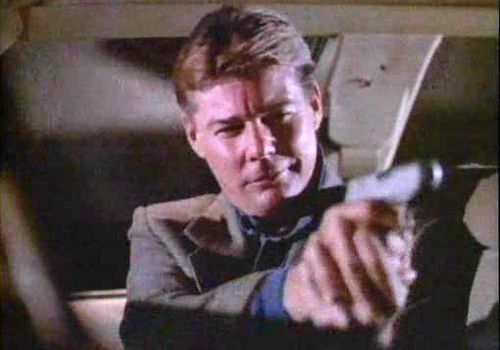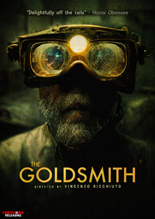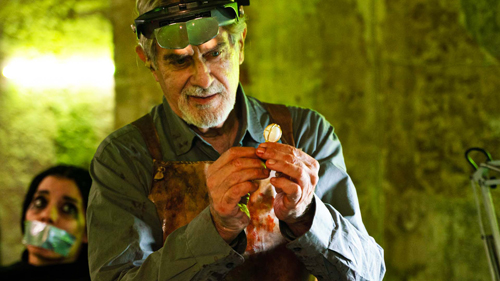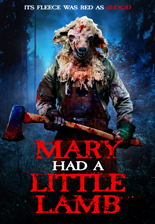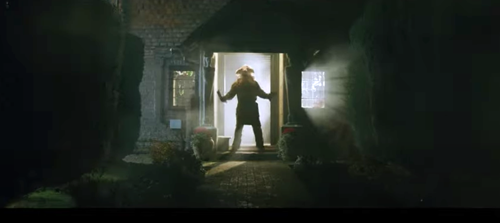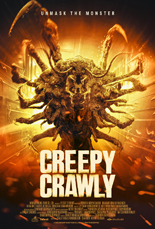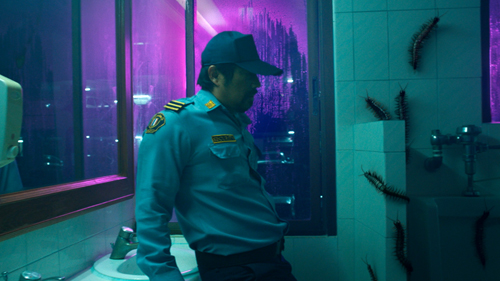
Of the myriad horror franchises alive and kicking today, I consider the 13 Cameras trilogy as the Little Franchise That Could. It’s so under the radar, you may not have realized the 2015 original birthed a sequel, let alone a pair now. Heck, it’s so under the radar, it brushes shoulders with the fighter pilots in Top Gun: Maverick whose planes hug the desert floor to sneak up on bombing the bad guys’ uranium plant, if the speed and gravitational pull don’t kill them first.
And if those things don’t, well, you know the peeping, pernicious Slumlord sure will try. Yep, like all serial killers worth their salt, the sweaty, antisocial Gerald now carries a media-friendly moniker. He’s also now played by James Babson (Ghost Team One) as a reasonable facsimile of Neville Archambault, who died way too young last year (and to whose memory this unexpected second sequel is dedicated).
If 14 Cameras took the linear route in continuing 13’s story, but from a differing vantage point, 15 Cameras takes an off-ramp to explore our nation’s current obsessions with true crime and social media. Closely intertwined, both essentially operate as extensions of the voyeurism in which the Slumlord specializes.
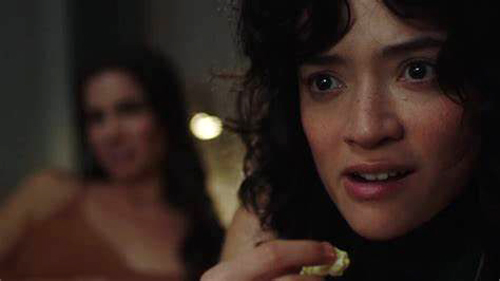
Cool girl Sky (Angela Wong Carbone, 2022’s Resurrection) is utterly, completely fascinated with the Slumlord’s still-raging reign of terror, as depicted on a Netflix-style documentary series. A large part of her inability to look away is because her new residence was one of his hidey-hole homes of homicide. Sky’s slacker husband, Cam (Will Madden, The Beta Test), seems immune to her morbid thrill of association … until he finds a secret room the cops somehow missed, with Gerald’s surveillance system across every corner of the duplex still fully operational.
Suddenly able to peep on his sister-in-law (Hilty Bowen, Mike and Dave Need Wedding Dates), Cam — oh, the irony of that name! — is equally transfixed. And when two hot college girls move in next door? You bet he’s binge-watching that livestream.
With this setup, director Danny Madden (Beast Beast) and writer PJ McCabe (who starred in 13 Cameras) make us complicit in Cam’s crimes. As viewers, we know Cam’s eye-in-the-sky (and -shower) actions are wrong — in bold, italics and all caps — yet there we are, wanting to witness every flickering, low-res frame as his eyeballs. Guilty, your honor!
Rather than merely rehash, the film builds on the previous chapters with clever turns, committed performances, tangible suspense and cameos from 13’s surviving victims (Brianne Moncrief and Jim Cummings). 15 Cameras culminates in an über-gruesome driller-killer of a scene that’ll leave horror enthusiasts happy and hopeful for a 16 Cameras. Logicless nomenclature aside, I’ll be ready to move in, provided the creative powers that be find yet another, um, angle from which to gaze. –Rod Lott

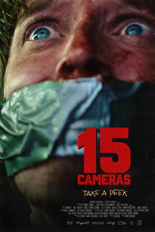
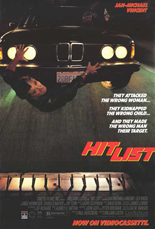
 If William Lustig has a B-movie masterpiece, it’s neither
If William Lustig has a B-movie masterpiece, it’s neither 